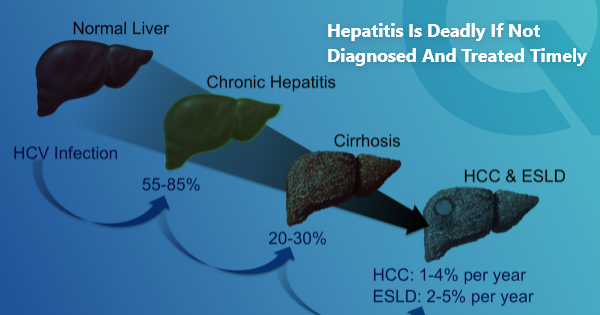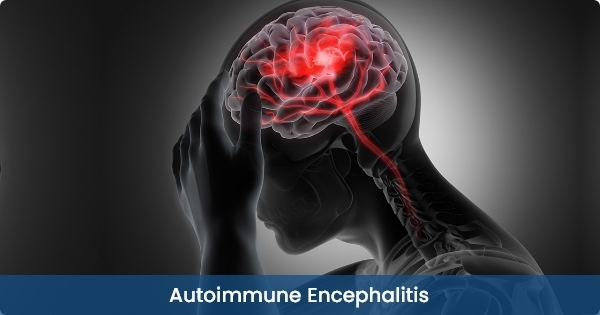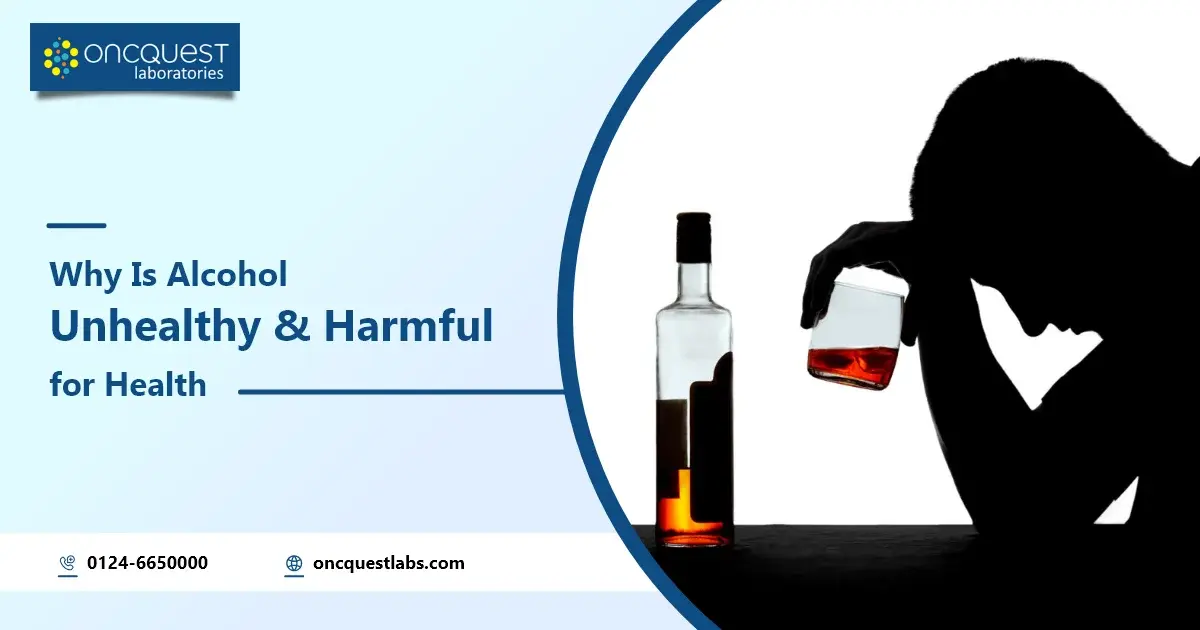Generally referred to as inflammation of the liver, Hepatitis can primarily be a result of viral infection. However, other non-infectious causes like over intake of alcohol, certain drugs, toxins, or genetic disorders or an overactive immune system can also result in hepatitis. The latter is termed autoimmune hepatitis – when the body creates antibodies which attack the liver tissues.
Hepatitis can both be acute and chronic. While acute hepatitis flares up suddenly and eventually gets cured, the chronic hepatitis can have long-term impact with more subtle symptoms and progressive liver damage. In any case, if not diagnosed and treated in the early stages, hepatitis can prove to be deadly.
Types of Hepatitis
Five major types of Hepatitis viruses occur – A, B, C, D and E, with hepatitis B and C more common worldwide. According to World Health Organization (WHO) data, around 354 million people are suffering from chronic hepatitis B and C globally.
- Hepatitis A: Hepatitis A is mostly acute and short-term and is generally spread through contaminated food and water. Though it can be transmitted easily, especially in children, Hepatitis A is unlikely to cause any permanent damage to the liver.
- Hepatitis B: Hepatitis B is generally a chronic or long-term condition and can be transmitted through contaminated blood, needles, syringes or body fluids and from mother to baby. Severe cases of Hepatitis B can lead to permanent liver damage, liver cancer and cirrhosis of the liver. Though with timely diagnosis and proper treatment, most patients – children or adults – can recover within six months.
- Hepatitis C: Hepatitis C is also a long-term infection, which can remain undetected without any symptoms for years. It can be transmitted by infected blood or from mother to newborn during childbirth and in severe cases might lead to cancer and cirrhosis.
- Hepatitis D: Hepatitis D is very rare and can occur in people who are already affected with Hepatitis B.
- Hepatitis E: Mostly water-borne, Hepatitis E is more prevalent in the poorly sanitized areas. It is mostly acute and predominantly diagnosed in African, Asian and South American countries.
Symptoms
While in chronic hepatitis, symptoms are mostly not conspicuous till the liver damage is severe, in acute hepatitis symptoms are mostly noticed immediately after the virus has been contracted. Common symptoms of hepatitis include fatigue, flu-like symptoms, dark urine, abdominal pain, loss of appetite, unexplained weight loss and yellow skin and eyes – signs of jaundice.
Diagnosis
The diagnosis of hepatitis can be done through physical examination; however, it might not necessarily reveal whether the liver is enlarged. Hence, there are blood tests to check liver enzymes which are elevated if the liver is infected. Also, tests are done to check for presence of any of the hepatitis viruses in the body. In some instances, ultrasound is also used to monitor the changes in the liver. If these tests fail to determine the severity of the damage, liver biopsy can be done to confirm suspected inflammation.
Prevention and cure
To prevent hepatitis, there are vaccines for Hepatitis B and A, which are mostly administered to children at early ages. However, vaccines against hepatitis C, D and E have not been invented. Minimizing exposure to certain substances like local water, ice, raw or under-cooked foods, etc. can also be preventive for hepatitis. Treatment of hepatitis mostly involves preventing further damage of the liver, and reversing existing damage, if possible.





